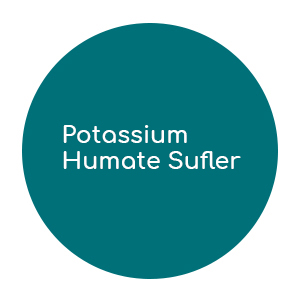|
Crops
|
Consumption rate
|
Agrochemical application timing
|
|
All crops
|
10-20 l/ha
Mix consumption – 800-1000 l/ha
|
Soil treatment before plowing (cultivation)
|
|
Reclamation of disturbed lands
|
10-20 l/ha
Mix consumption –
10,000-20,000 l/ha
|
Treatment of soil
|
|
Cereals
|
0.3 l/t
Mix consumption – 10 l/t
|
Pre-planting seed treatment
|
|
Cereal, grain legume, industrial, and oilseed crops
|
0.5-1.3 l/t
Mix consumption – 10 l/t
|
|
|
Potato
|
1 l/t
Mix consumption – 40 l/t
|
Pre-planting tuber treatment
|
|
Vegetable, vine flower and decorative crops
|
100-125 ml/kg
Mix consumption – 1 l/kg
|
Seed soaking for 24 h
|
|
Winter and spring wheat, barley, oats, buckwheat, and other cereal crops
|
0.25-0.3 l/ha
Mix consumption – 50-300 l/ha
|
Foliar dressing at tillering – start of tubing stage, and at blossoming – start of milky ripeness stage
|
|
Maize
|
0.25-0.3 l/ha
Mix consumption – 50-300 l/ha
|
Foliar dressing at emergence – 3-5 leaves stage and at paniculation – blossoming stage
|
|
Rice
|
0.25-0.3 l/ha
Mix consumption – 50-300 l/ha
|
At tillering – start of tubing stage, and at blossoming – start of milky ripeness stage
|
|
Sugar beet
|
0.25-0.3 l/ha
Mix consumption – 50-300 l/ha
|
At 2-3 leaves pairs stage and 4 leaves pairs stage
|
|
Soybeans
|
0.25-0.3 l/ha
Mix consumption – 50-300 l/ha
|
At start of blossoming and in 10-15 days
|
|
Potato
|
0.25-0.3 l/ha
Mix consumption – 50-300 l/ha
|
At 5-7 leaves stage and budding stage
|
|
Sunflower
|
0.25-0.3 l/ha
Mix consumption – 50-300 l/ha
|
At 3-4 leaves stage and every 10-15 days
|
|
Tomato, cucumber
|
0.25-0.3 l/ha
Mix consumption – 50-300 l/ha
|
After transplantation or at 2-3 leaves stage (for field-seeded method) and every 10-20 days
|
|
Carrot and other edible roots
|
0.25-0.3 l/ha
Mix consumption – 50-300 l/ha
|
At 2-3 leaves stage and every 10-20 days
|
|
Cabbage
|
0.25-0.3 l/ha
Mix consumption – 50-300 l/ha
|
In 3-5 days after transplantation and every 10-12 days
|
|
Vine crops (water melon, melon, etc.)
|
0.25-0.3 l/ha
Mix consumption – 50-300 l/ha
|
At 2-3 leaves stage (for field-seeded method) and every 10-20 days
|

